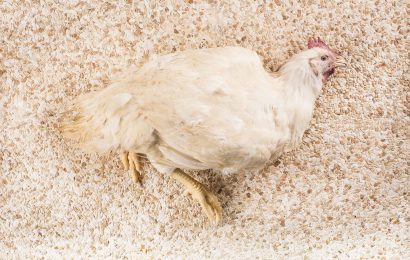Caryocar brasiliense
Widely used in the cooking of Cerrado (the Brazilian savannah), especially in the Midwest region and in western Minas Gerais state, the fruit, also called souari nut in English, is used in the Northeast as well. The yellow, oily and fragrant pulp gives color, aroma and flavor to traditional recipes such as rice with pequi and Galinhada (rice with chicken and pequi), and is also used in farofas (seasoned manioc flour), sauces, mashes, stews, ice creams and compotes. Eating pequi whole is a task for the experienced ones: the nut shell is surrounded by several very fine thorns that can hurt those who bite it to hard; the secret is to scrape the outside flesh with the front teeth. The harvest only goes from November to January, so the fruit is most commonly sold preserved. Oily and white, the pequi nut can be eaten raw or roasted and added to farofas (seasoned manioc flour), desserts, or eaten as a snack, when roasted with salt.



